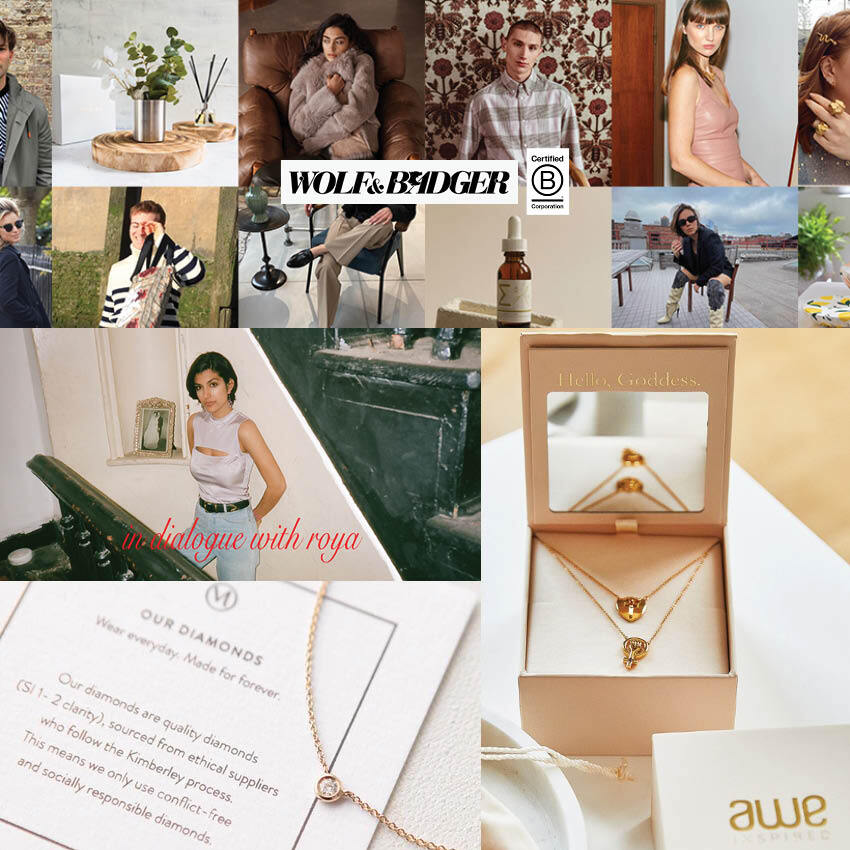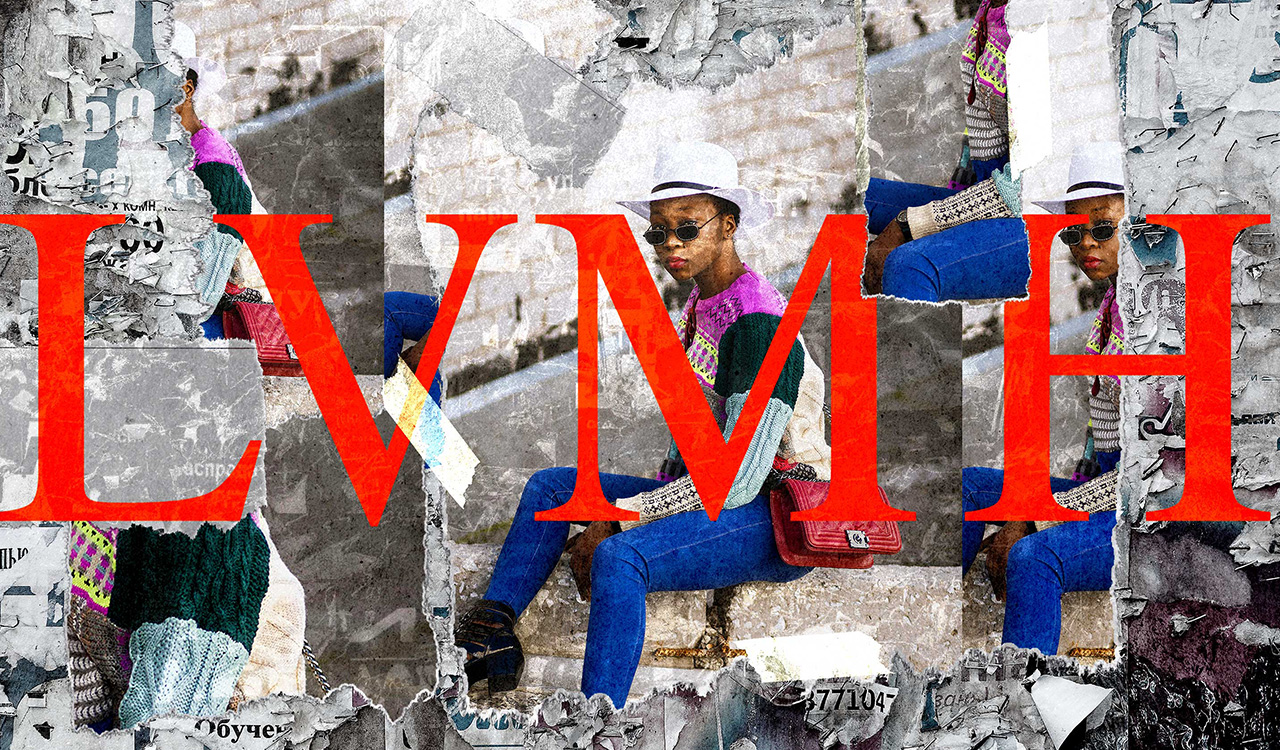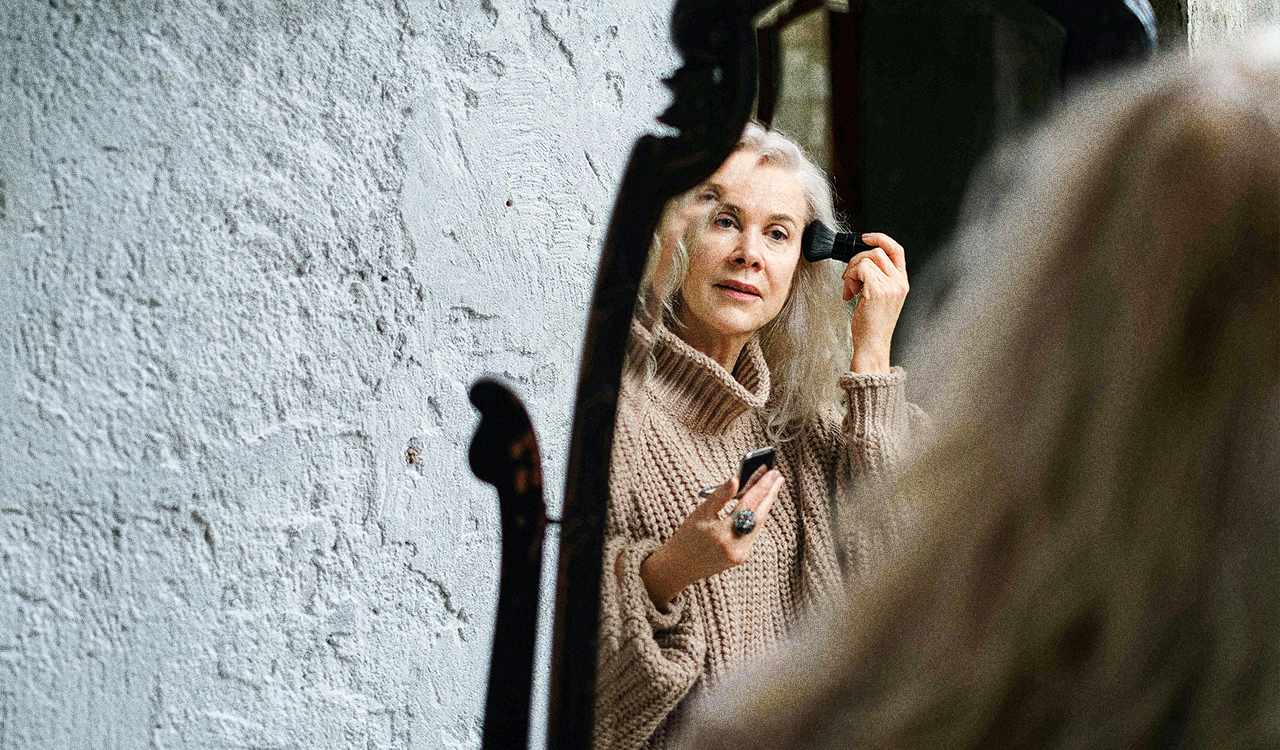The luxury market has been built on exclusivity. The U.S. is still the largest global luxury market and luxury sector sales continue to soar – even through the pandemic. But how we define luxury is changing. First of all, the very tenets that the legacy fashion houses hung their hats on –– exclusivity, high price points, etc. –– are proving less relevant to younger customers. Luxury has always been about status. The concepts of craftsmanship, style, innovation and the desire to be “the person in the know” still resonate with today’s young upscale consumers. However, marketing to them and retaining them as loyal, lifelong customers is no easy feat.
The emerging luxury paradigm is focused on discovery, not unreachable aspiration. Differentiation is still in play, a desire that so defines next generation shoppers. A luxury house that positions itself as the judge, jury, and executioner of what’s fashionable doesn’t feel relevant today.
For next gens in the U.S., entry level luxury has lower price points than their global contemporaries. We’re talking about entry level luxury brands here –– lower price points and more focus on discovery, while also delivering the transparency that has come to define next gen purchasing behavior. Let’s take a look.
Getting Branding Right
Marketing luxury to next gens is filled with landmines. Take the case of Tiffany. This legacy brand is so immersed in American folklore that it’s canonized in the legendary Audrey Hepburn film. But the brand just can’t seem to find its way with next-gen luxury consumers.
What’s the reason for Tiffany’s struggle? After all, it would seem that the brand would appeal to both millennial nostalgia and Gen Z’s fixation on the 90s. But Tiffany, like many legacy luxury brands, was built on reverence, not the irreverence that defines next gen mindsets. It seems to be trying too hard with its new marketing campaign (Not Your Mother’s Tiffany) and selecting Beyonce and JAY-Z to be its new brand ambassadors. Tiffany’s true marketing success, however, was achieved through the brand’s 2018 marketing push with Elle Fanning. The ad featured graffiti and fresh music, managing to capture the irreverence that defines next gen purchasing behavior.
However, if anyone can reposition Tiffany for the next generation, it’s new owner LVMH. François Pinault, owner of Kering and rival to LVMH, put it like this, “Millennials and Gen Z care little about brand heritage, it’s about brand interaction in the here and now.”
Discovery
The emerging luxury paradigm is focused on discovery, not on unreachable aspiration. And, yes, differentiation is still in play, a desire that so defines next generation shoppers. A luxury house that positions itself as the judge, jury, and executioner of what’s fashionable doesn’t feel relevant today. Certainly not for generations that steer clear of anything resembling a pre-dictated life. They want to pave their own path and smart emerging luxury marketers have discovered how to let them do this in exciting ways.
There are four key shifts needed to make entry-level luxury appealing to next gens: choice, makers, transparency and empowerment.
Choice
Remember the old “show, don’t tell” adage from high school English class? Well, the same can be said of today’s luxury market. Next gens don’t want to be told what’s cool. They want brands to show them different options so that they can choose the products that ring true to them and make them cool.
Don’t believe me? Just take a look at how online entry level luxury small business marketplaces such as Wolf and Badger and Maimoun are showcasing new luxury designers. Wolf and Badger is a certified B Corp urging consumers to “shop your values,” focusing on the ethical nature of the products in their repertoire.
The intersection among culture, experiences, product and ethos on their website appeals to next gens’ sense of social justice. None of the brands featured on Wolf and Badger are tested on animals, there’s no fur used in the products, and plentiful vegan and vegetarian apparel selections are available. A section of the online magazine is dedicated to the environment, and there’s another full section dedicated to conscious travel. The online magazine also covers the origin stories and ethos of the different makers featured on the site.
Makers
Next up is Maimoun. The luxury marketplace invites customers to enjoy their visit in its “online home.” One could define Maimoun as highly curated edgy luxury and the store’s artist maker profiles are presented as “dialogues.” With entry level luxury marketplaces like Maimoun, the makers are the brand. Intimate maker portraits and how they engage with customers give the brand an accessible, interconnected feel. This is a large departure from the aloofness that characterizes legacy luxury brands.
Transparency
Luxury consumers haven’t historically been interested in where the money from their purchases end up. In their defense, it was only until a few years ago when political and social activists revealed the back stories of sourcing and manufacturing and showed consumers what the power of their dollar could do. But modern next gen luxury consumers aren’t only concerned with the ethics of their purchases, they also don’t want to pay more than necessary for the designs simply for the luxury marque or provenance. Let’s take a look at what the late great (and ever controversial) Virgil Abloh said: “I want to put culture on a track so that it becomes more inclusive, more open source.”
Modern luxury brands want to thwart the intimidation factor to appeal to a new generation of consumers. This means a future for explanatory pricing for luxury products. Young upstart luxury brands need to answer the question of the “why” behind the products. This doesn’t mean that Gucci and Balenciaga are going to start pricing like Everlane, by any means. But young upstart B Corp luxury brands are about to get a lot more transparent in the years to come.
Empowerment
Take a look at Mejuri and Awe Inspired jewelry brands. Mejuri’s brand position encourages women to self-gift fine jewelry. While some would argue that the brand’s price points are too low to be considered luxury, it’s many women’s first experience self-gifting fine jewelry. The brand’s feminist message, commitment to sustainability, and commitment to creating “fine jewelry at a fair price” has made it the go-to fine jeweler for millennials from coast-to-coast.
Awe Inspired jewelry is mission driven and, like Mejuri, it’s female founded. A whopping 20 percent of proceeds benefit charity partners like RAINN, The Trevor Project and NAMI. We’re talking about entry level luxury purchases consumers can feel good about no matter what is happening on a global level.
Start a Conversation
Luxury is no longer defined by price alone. It’s defined by quality and starting a conversation, particularly for brands striving to recruit next gen customers to buy high ticket items. It’s also safe to assume that millennials and Gen Z are sustainability focused, so brands need to have a strong mission statement to cater to these next gens. It’s time for legacy houses to become more accessible through transparency and offering a wide selection of options. Welcome to the era of friendly luxury brands.




